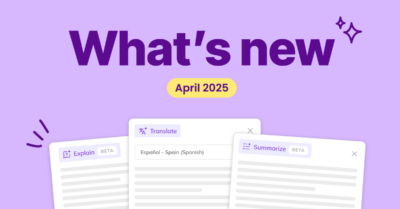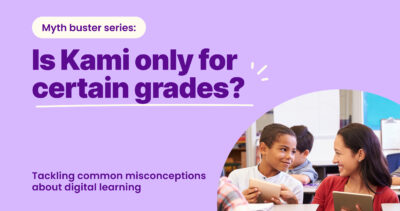Shirin Bradfield
A love of reading gives children a more diverse view of the world, especially as they grow into young adults. It fuels their imagination and provides a foundation for academic success. This is why America has a day devoted to spreading a love of reading! Read all about it here.
But no one is born automatically knowing how to read. It’s a skill that must be learned. And that learning starts from the earliest days.
Learning to read books begins at home
Even before children can read for themselves, they can enjoy the sounds that stories make when they are read to them. Reading is a great time to spend quiet time bonding with a child. A well-stocked home library can create some special memories.
You can read anything to a young child — just hearing the sounds and your expression will be good for them, but there are some types of early reading books that are ideal for little ones.
Board books — Board books are great for little ones because they are sturdy and easy to handle — they can even handle a bit of chewing or rough treatment! They can help young children get used to the idea of holding a book, which way up a book should go, and movements like turning pages.
Picture books — Picture books help to introduce the concept of reading with simple words and stories. Choose books with one illustration per page to start with and introduce longer stories later on. They also introduce more concepts associated with learning to read books and other printed material, like capital letters at the start of sentences, punctuation, and how illustrations work to support the words.
Activity books — Activity books are good for children who like to be active in their learning. They combine looking at words and pictures with activities like lifting flaps, feeling different textures, and listening for sounds or with puzzles or games depending on the child’s age.
ABC books and flashcards — ABC books and flashcards are ideal for early readers when they are learning simple letter sounds and beginning words. The repetition found in these books can reinforce the sounds which is a great basis for learning phonics at school.
Audiobooks are also a great option for young children. You can play them in the car on long journeys or during quiet times at home.
From phonics to chapter books — reading skills develop further at school
The early years at school are key for developing literacy and reading skills. From pre-k through first grade, students build the foundations including important building blocks like phonemic awareness that will set them up for academic success.
Children’s reading skills tend to develop quickly in elementary school, so it’s important to keep the momentum going and make reading instruction fun not a chore.
Read aloud — Storytime or read-aloud sessions help students learn to enjoy the idea of books and reading and get used to hearing letter sounds and word sounds.
Offer books for independent reading — Beginning readers need the chance to practice their skills often so having a reading corner in your classroom is a great idea. Make sure the books you choose are appropriate for the reading skills of your students whether they are early readers who are ready to start on chapter books or students who might still need picture books to help them decipher the story.
Think of book-related activities — Dress-ups as book characters, scavenger hunts based on books, or visits to the local library makes reading lessons fun. For inspiration take a look at the National Education Association’s Read Across America program which culminates in a reading celebration each March.
Check comprehension often — As children progress through first and second grade their understanding of what they are reading should improve. Checking a child’s reading comprehension regularly ensures they are hitting those milestones and are at the right reading level for their age. Asking children to complete book reports, can help you check their understanding of different parts of a book and of the story.
The best books to read for pre-k and first grade
If you are looking for books for the young readers in your class, then there are plenty of classics to choose from. Here are some suggestions to get you started.
Mo Willems — Elephant and Piggie books – these storybooks are great for learning new words but also for developing social-emotional skills. The characters navigate a range of situations and explore their emotions.
Bob Books — The Bob Books series have been helping children learn to read for more than 40 years. The series moves from simple books with three-letter sight words to books with more than one sentence on each page to help children progress with reading.
Dr. Seuss — Books like The Cat in the Hat and Green Eggs and Ham are some of the first books many children read in their families. Their language and rhymes engage pre-k and first-grade students and even make them fun for adults to read.
I Can Read — The I Can Read book series has fun characters like Pete the Cat for first-readers up to early-reader books for more confident students who can join in the adventures of Amelia Bedelia.
Eric Carle books — The Very Hungry Caterpillar, Brown Bear Brown Bear What Do You See?, and The Grouchy Ladybug by Eric Carle may have been written in the 1960s and 70s, but they are still popular children’s books today.
For more information about reading books for first-graders, check out this blog. If you’d like some reading ideas for high schoolers, we’ve got awesome recommendations for you here.
Many of these books can be found on Amazon either as single books or as boxsets and Scholastic also has a good range of learn-to-read books for kids. Amazon also has a range of books like Teach Your Child to Read in 100 Easy Lessons for further inspiration.
You may also like

Unlocking understanding: Kami’s latest updates designed for every learner

The state of SPED and ELL technology in 2025

